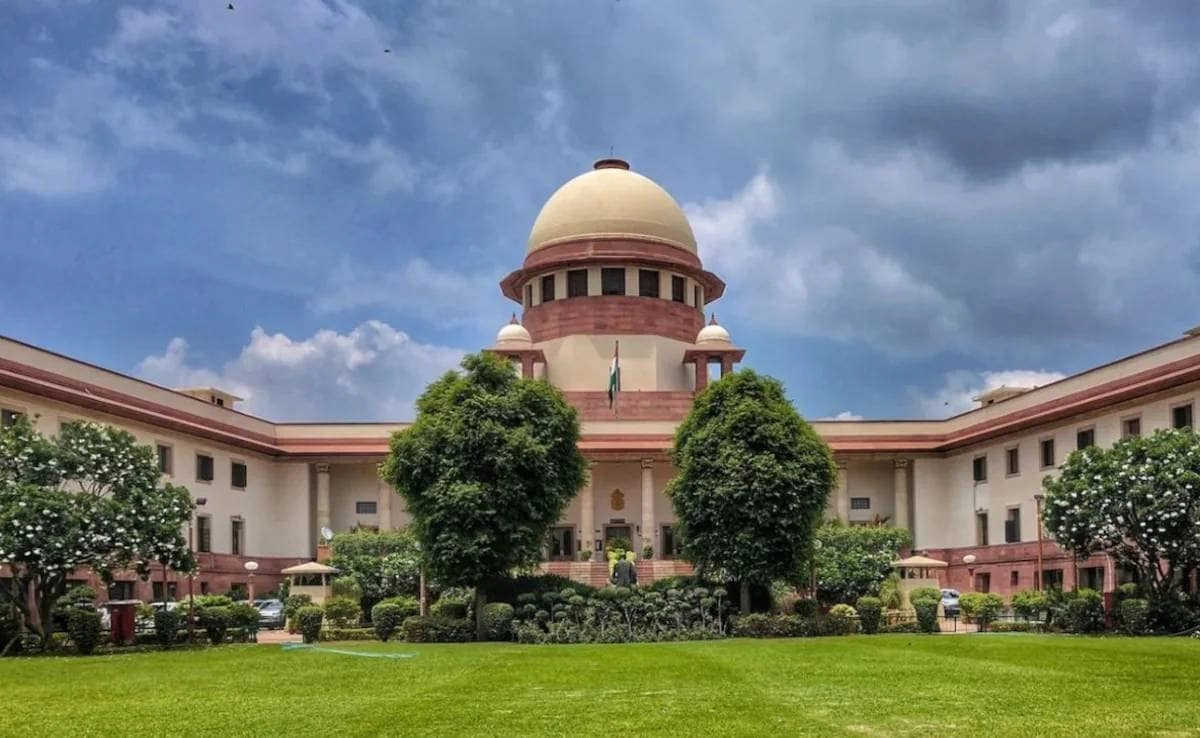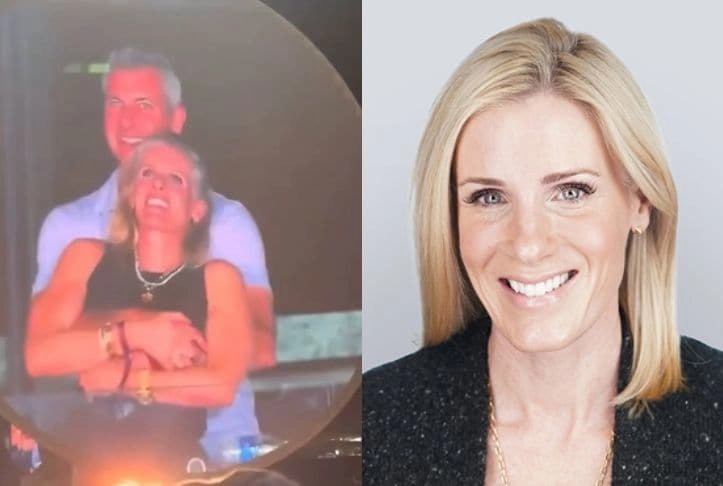The Supreme Court of India has recently expressed strong disapproval of a cartoon created by a prominent cartoonist that depicted Prime Minister Narendra Modi and the Rashtriya Swayamsevak Sangh (RSS) in a derogatory manner. The court characterized the artwork as “inflammatory” and “immature,” emphasizing the need for a more responsible approach to political satire. This incident underscores the delicate balance between artistic expression and the potential for such expressions to incite controversy or unrest within society.
The cartoon in question was intended to critique the political landscape in India, particularly the influence of the RSS, an organization closely associated with Modi’s Bharatiya Janata Party (BJP). However, the Supreme Court’s condemnation highlights the sensitive nature of political commentary in the current climate, where artists and creators must navigate the potential repercussions of their work. The court’s remark serves as a reminder of the responsibilities that come with freedom of speech, particularly in a nation where political affiliations can evoke strong emotions and reactions.
Moreover, this ruling raises fundamental questions about the role of satire in a democratic society. While satire has historically been a tool for social critique and reflection, its interpretation can vary significantly across different audiences. The court’s feedback suggests a need for creators to be mindful of how their work can be perceived, particularly in a politically charged environment. As the landscape of political discourse continues to evolve, the boundaries of artistic expression may also shift, necessitating a more nuanced understanding of the impact that such expressions can have on public sentiment and national unity.
As discussions about freedom of expression and artistic responsibility continue, this situation serves as a pivotal case for understanding the implications of political art in India. The Supreme Court’s remarks not only reflect the judiciary’s stance on this particular incident but also signal a broader conversation about how satire and political commentary will be navigated in the future. The balance between criticism and respect in political discourse remains a critical issue, one that artists and public figures alike must consider as they engage with the complexities of contemporary politics.




